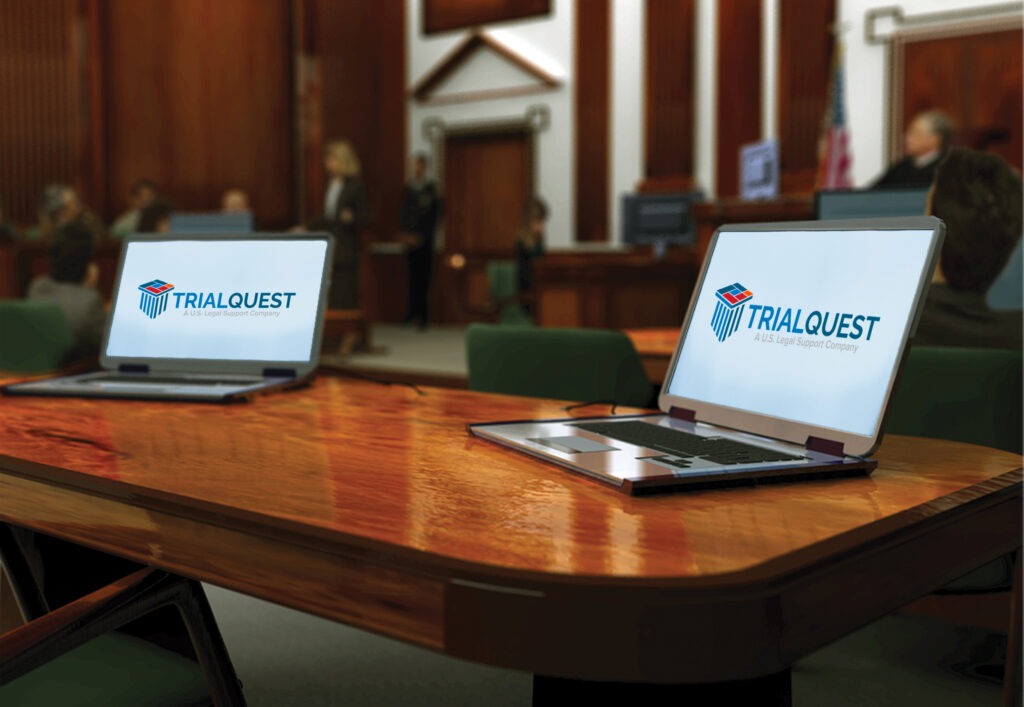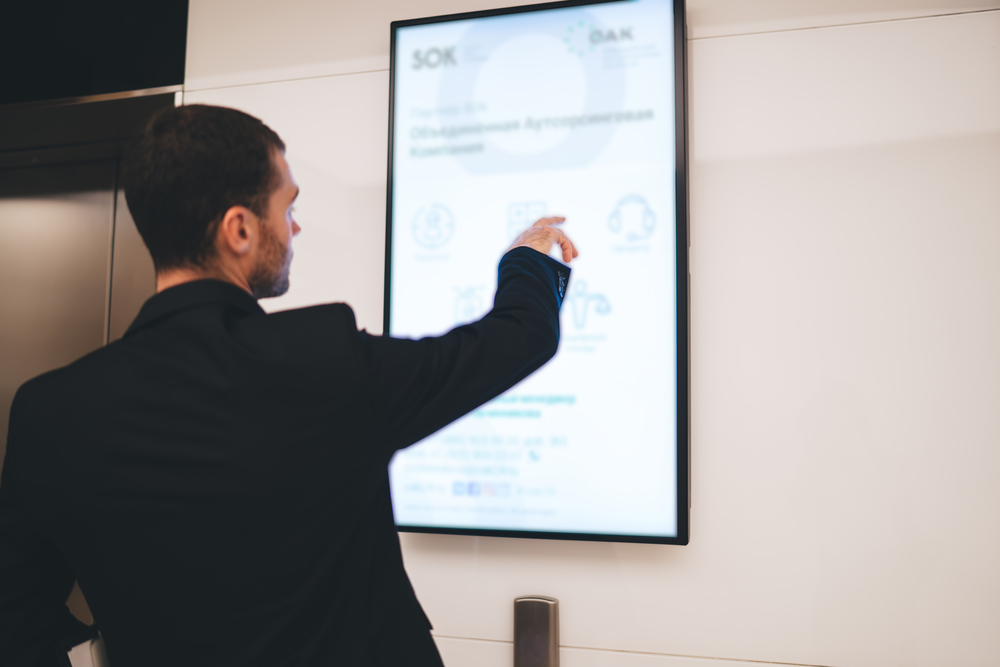Persuasive trial presentations make legal points stronger.
How Test Presentations Enhance Your Argument and Encourage Jurors
Test presentations offer as an essential device for enhancing lawful disagreements and encouraging jurors. By incorporating aesthetic help, narrative structures, and psychological engagement, attorneys can develop a compelling situation that reverberates on several degrees. The strategic usage of visuals not just clears up intricate information but additionally captures jurors' focus better than words alone. The art of storytelling plays an equally essential duty in transforming valid proof into an engaging narrative, forming jurors' understandings. Understanding these components can substantially impact test results, raising the concern of how each part adds to this intricate dynamic.

Relevance of Aesthetic Aids
Aesthetic aids play an important role in boosting the efficiency of trial discussions, as they can considerably increase target market engagement and retention of details. In the context of a trial, where jurors are entrusted with processing complex info, visual help serve to streamline and clarify vital points. Graphes, graphs, and photos can convey information and concepts that might otherwise bewilder or confuse jurors, enabling a more simple understanding of the evidence provided.
Moreover, visual aids aid in maintaining juror focus throughout the proceedings. By damaging the uniformity of verbal testament, these tools can punctuate essential disagreements, making them extra memorable. Efficient aesthetic aids can likewise stimulate emotional actions, which can be crucial in persuading jurors to line up with the speaker's narrative.

Crafting Engaging Stories
A compelling story is essential in trial discussions, as it offers as the backbone of efficient persuasion. It allows attorneys to weave with each other realities, proof, and psychological aspects right into a meaningful tale that resonates with jurors. This narrative framework makes it possible for jurors to understand the complexities of the case while leading them through the attorney's disagreement.
To craft an engaging story, lawyers must concentrate on clearness and coherence. Furthermore, the use of vibrant descriptions can create mental photos that aid jurors envision the occasions, making the story much more memorable.
Furthermore, integrating key motifs throughout the discussion strengthens the core message and aids in retention - trial presentations. The narrative should not just communicate info but also stimulate a sense of justice, highlighting the stakes involved. Inevitably, a sound narrative cultivates a link between the jurors and the case, placing the lawyer's argument as both trustworthy and compelling, thereby raising the probability of a beneficial verdict

Engaging the Court Emotionally
Reliable jury interaction pivots on the attorney's capability to attach with jurors on an emotional level. This link can significantly affect jurors' assumptions and their ultimate decision-making.
Visual help, such as pictures or videos, can even more boost psychological engagement, offering jurors with dazzling depictions of the case's human aspects. Crafting a story that highlights the battles and triumphs of the individuals included makes certain that jurors see past the legal disagreements and acknowledge the human repercussions of their choices.
Moreover, tone and body language play an important duty in conveying emotion. An attorney's passionate shipment can resonate with jurors, strengthening their emotional financial investment in case. It's important to balance sob stories with accurate evidence, guaranteeing that jurors feel forced to act while staying based in the reality. Eventually, a mentally involved jury is more probable to be convinced, making emotional connection a vital component of reliable test discussions.
Structuring Your Presentation

The body of the discussion must be realistically fractional into key factors, each supported by engaging evidence. It is beneficial to make use of storytelling strategies to weave truths right into a narrative that jurors can conveniently comply with. Aesthetic aids, such as graphes and videos, can boost comprehension and involvement, assisting to highlight critical pieces of proof.
Real-World Situation Researches
Taking a look at real-world case research studies gives indispensable understandings into the art of test discussions and persuasion. As an example, wikipedia reference the spots case of "O.J. Simpson v. The People of California" highlights how visual help and engaging narratives can persuade court perceptions. The defense group properly employed a method that incorporated high-profile professional testaments with multimedia discussions, which captivated jurors and eventually affected their choice.
One more noteworthy example is the "McDonald's Coffee Situation," where the plaintiff's attorneys used graphic pictures of the injuries suffered by Stella Liebeck. trial presentations. This plain visual evidence played a vital function in communicating the intensity of her burns, causing a considerable court award. Such cases demonstrate that impactful trial discussions usually visit the website pivot on the reliable assimilation of visuals and narration to evoke emotional responses from jurors
Furthermore, the "Casey Anthony Test" highlighted the value of narrative comprehensibility and trustworthiness. The prosecution's failure to establish an engaging timeline lessened their convincing power, highlighting the necessity of a well-structured discussion. Assessing these situations reveals that successful test the original source presentations require critical preparation, emotional involvement, and the capacity to resonate with jurors' worths and ideas.
Conclusion
Test presentations substantially enhance disagreements and encourage jurors through the critical use of visual help, compelling narratives, and psychological engagement. A well-structured presentation equilibriums psychological appeals with accurate proof, ultimately resonating with jurors' worths.